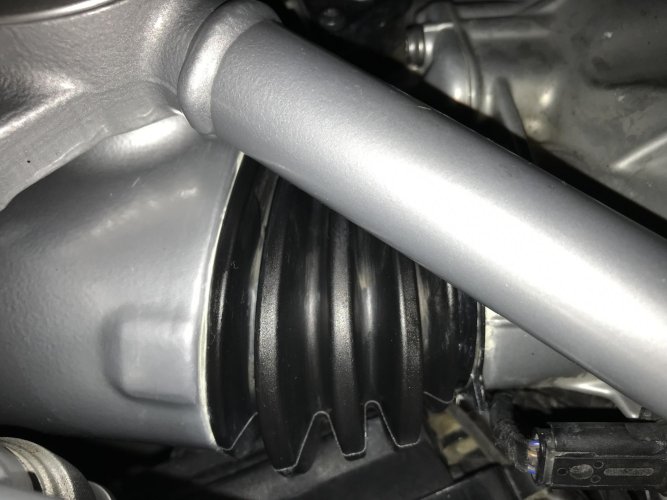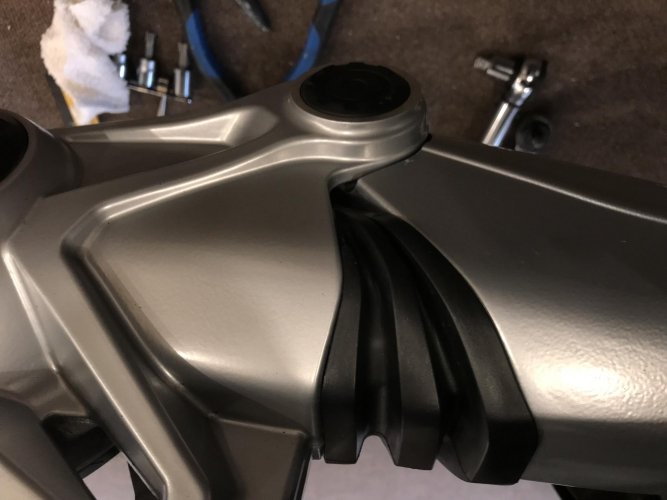bullet
aka Johnny Hammerlane
So I'm in the process of lubing the shaft and final drive splines and have removed the drive shaft to inspect, clean and lube the front end of the shaft and am having some difficulty getting the shaft to align with the spline on the transmission. Does anyone have any tips or tricks to make this step easier? Any replies are appreciated.


